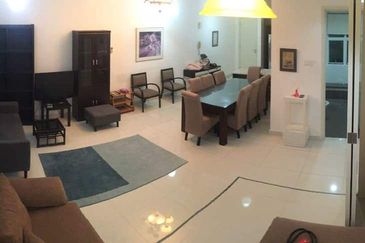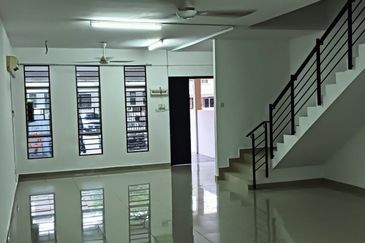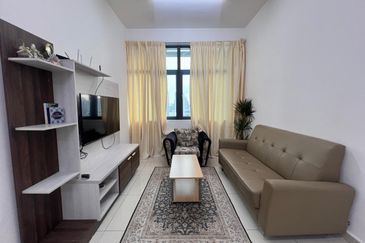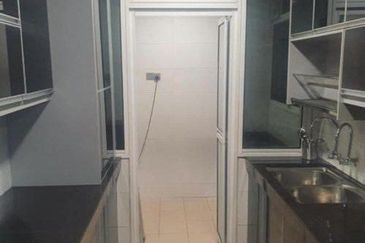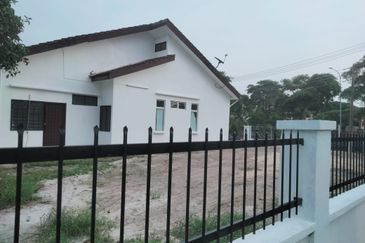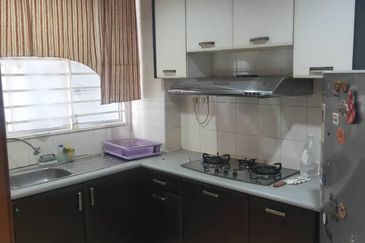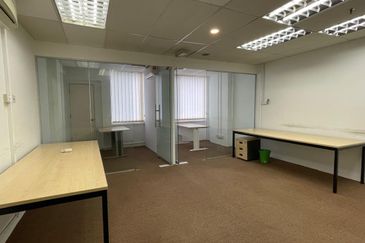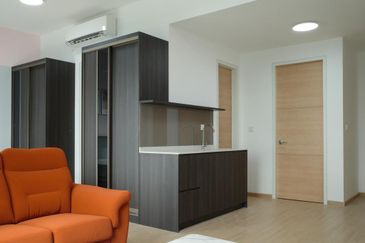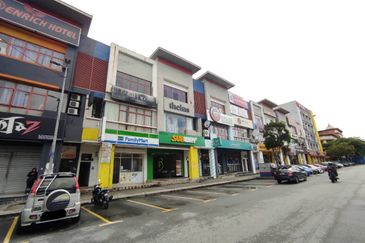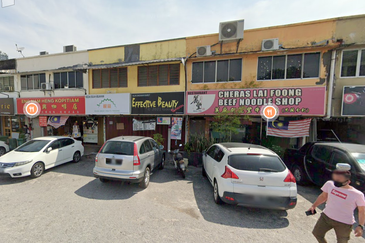
- Major office occupiers in Kuala Lumpur City comprise oil & gas (O&G), finance and banking, and flexible space operators; whereas KLF encompasses flexible space operators, information technology (IT) and commerce, BPOs and shared services, as well as insurance and financial institutes. As for the Decentralised market, it is very much focused on BPOs and shared services, technology, manufacturing related companies and pharmaceuticals.
KUALA LUMPUR (Oct 23): The office markets in Kuala Lumpur City (KLC), Kuala Lumpur Fringe (KLF) and Decentralised (DC) areas have observed an increase in transacted and asking rents in 3Q2023, driven by the demand for smart and green buildings and the flight-to-quality trend predominantly of financial services companies and multinational corporations (MNCs), said JLL Property Services (Malaysia) Sdn Bhd director of office leasing advisory Quiny Lee at the launch of JLL’s 3Q2023 Greater Kuala Lumpur Property Market Monitor: Sectorial Market Overview here on Monday.
KLC comprises the central business district, the Golden Triangle of Bukit Bintang and the Tun Razak Exchange; while KLF covers Damansara Heights, Mid Valley, KL Eco City and Bangsar South; and DC includes Petaling Jaya, Mutiara Damansara, Subang Jaya, Klang and Shah Alam.
According to Lee, major office occupiers in KLC comprise oil & gas (O&G), finance and banking, and flexible space operators; whereas KLF encompasses flexible space operators, information technology (IT) and commerce, BPOs and shared services, as well as insurance and financial institutes. As for the DC market, it is very much focused on BPOs and shared services, technology, manufacturing related companies and pharmaceuticals.
In the KLC submarket, Lee said the current office stock stands at 31.79 million square feet (sq ft), average occupancy rate at 71.6%, and average transacted rent at RM6.75 per square feet (psf) monthly. The KLC office submarket also has a positive net absorption of 965,523 sq ft.
The average occupancy rate and net absorption rate have improved from the last quarter, which were at 68.5% and 297,389 sq ft respectively. This was due to lateral moves, whereby companies move from older buildings into newer buildings within the same submarket, Lee explained. “This quarter, we noticed that (the key reason for the move or the flight-to-quality upgrade) is a lot more (focused) on ESG and sustainability, which have become must-haves among MNCs at the moment.”
Moving on to the KLF submarket, the current office stock stands at 16.98 million sq ft, with a high occupancy rate of 91%, a positive net absorption of 165,269 sq ft and an average transacted rent of RM6.44 psf monthly. As for the DC submarket, the current office stock is at 9.77 million sq ft, and it has an average occupancy rate of 80.3%, a positive net absorption of 165,861 sq ft and an average transacted rent of RM5.12 psf monthly.
With companies moving into newer office buildings, Lee opined that older office buildings with empty spaces should look at how they are going to retain and attract tenants, especially office buildings that are 15 years old and above. “Of course, newer buildings are filling up faster… the ones significantly affected would be those 15 years and above, because they have much older specifications — these are buildings that must look at what they can improve on.”
Presenting on the logistics market, JLL senior manager of logistics and industrial division Derek Yap foresees that the industrial property supply in Penang and Johor will grow significantly in 2024. “There are big chunks of supply in the Greater Kuala Lumpur area. However, we believe that supply in Penang and Johor will grow significantly in 2024, as two areas have attracted significant investment of foreign manufacturers to set up their facilities. As a result, they will require additional new space to support their operations.”
Meanwhile, Yap noted that Penang, Klang Valley and Johor are considered major industrial hotspots in Malaysia. “Penang, known as Silicon Valley of the East, has attracted many semiconductor, electrical and electronics (E&E), and also medical players to the state. The entire transformation journey links back to the 1970s, when the state managed to attract big corporations that have been in Penang for more than 50 years and are still actively expanding.”
As for the Klang Valley, Yap said the Selangor state government aims to attract high-quality investment in Greater Kuala Lumpur, with targeted sectors being namely aerospace, logistics, F&B and E&E. Notable announcements in the Klang Valley include China’s LONGi solar photovoltaics (PV) company’s RM1.8 billion investment in Serendah, as well as Daiso and Ericsson’s plan to build a regional distribution centre in Greater KL, he added.
In Johor, Tanjung Pelepas — ranked one of the top busiest ports in the world — has attracted many automotive players, including Mercedes Benz, BMW and Volkswagen, to set up their regional distribution centre in the southern state, said Yap. “These three companies’ regional distribution centre serves the Asia Pacific market.”
In the state of Penang, Yap shared that the northern state, predominantly on the Penang Island side, commands one of the highest rental rates compared to other submarkets. “This is because Penang Island is very small, and due to the scarcity of land, the industrial rents on the island is the highest, as compared to the others as well. Since the rental rate on the island is becoming more expensive, we’ve seen quite a lot of manufacturers slowly shifting from the island side to the mainland, due to the lower rates on the mainland,” he explained.
In Penang, Yap expects the Grade A logistics warehouse supply to grow to 1.4 million sq ft and the vacancy rate to fall below 1% by 2024, mainly supported by the E&E and medical sector. "Rents will continue to grow strongly in the coming years to RM3 psf in 2024,” he added.
In Greater Kuala Lumpur, Yap anticipates industrial space rents to continue growing moderately over the medium term, especially for highly sought-after locations like Bukit Raja and Shah Alam.
Similarly, he expects industrial rents in Johor to continue growing stronger. “We believe the supply will grow to 12 million sq ft by 2024 and the vacancy rate to be less than 2%. This is supported by the automotive, E&E and O&G (oil & gas) sectors.” He anticipates the rental rate of Grade A logistics warehouses to grow to RM1.90 psf by 2024.
“The industrial sector will still be the darling (among the property sectors). Of late, we have seen quite a number of foreign manufacturers that are planning to come into these three submarkets (Penang, Klang Valley and Johor), be they [from] the E&E, semiconductor, automotive [or] O&G (segments),” Yap concluded.
Looking to buy a home? Sign up for EdgeProp START and get exclusive rewards and vouchers for ANY home purchase in Malaysia (primary or subsale)!
TOP PICKS BY EDGEPROP
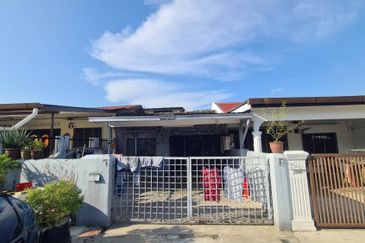
Taman Taynton (Taynton View)
Cheras, Kuala Lumpur
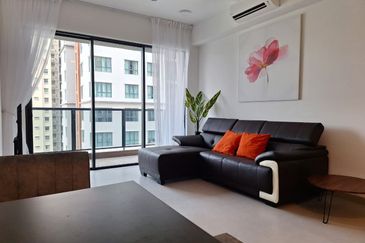
Astrea Residence (Residensi Astrea)
Mont Kiara, Kuala Lumpur
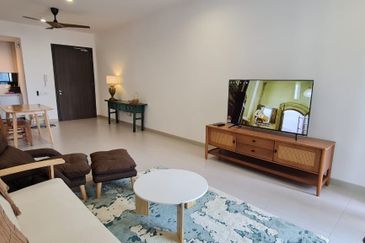
Astrea Residence (Residensi Astrea)
Mont Kiara, Kuala Lumpur
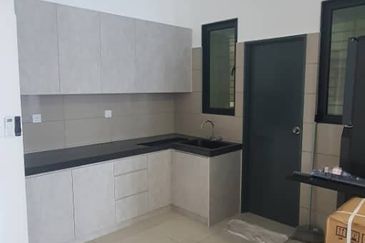
Residensi Bintang Bukit Jalil
Bukit Jalil, Kuala Lumpur



